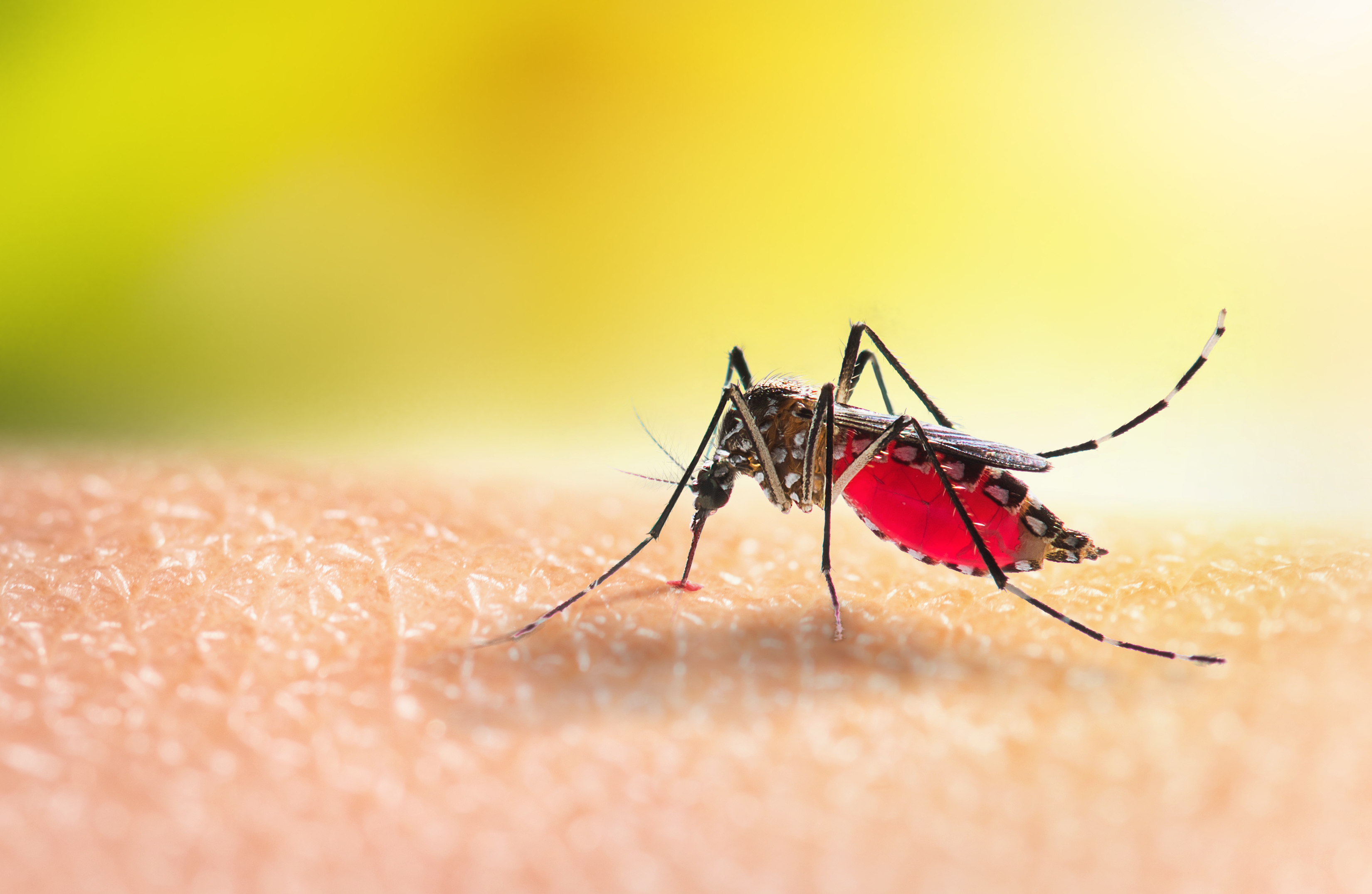2024-09-03
Performance and usefulness of more sensitive malaria rapid diagnostic tests
Infectiology
A new, more sensitive rapid diagnostic test (HS-RDT) for Plasmodium falciparum malaria (Alere™/Abbott Malaria Ag P.f RDT [05FK140], now called NxTek™ Eliminate Malaria Ag Pf) was launched in 2017. The test has already been used in numerous research studies across a wide range of geographical areas and use cases.
In this study, the authors collate all available unpublished and published studies using HS-RDT and assess its performance in (i) prevalence surveys, (ii) clinical diagnosis, (iii) screening pregnant women and (iv) active case detection. Two individual-level datasets from asymptomatic populations are used to fit logistic regression models to estimate the probability of HS-RT positivity as a function of histidine-rich protein 2 (HRP2) concentration and parasite density. The performance of the HS-RDT in prevalence surveys is estimated by calculating the sensitivity and positive proportion compared with the polymerase chain reaction (PCR) and conventional malaria RDTs.
In prevalence surveys from 18 studies, the mean sensitivity of HS-RDT was estimated to be 56.1% (95% confidence interval [CI] 46.9-65.4%) compared with 44.3% (95% CI 32.6-56.0%) for conventional RDT (co-RDT) when nucleic acid amplification techniques were used as the reference standard. In studies where prevalence was estimated using both HS-RDT and con-RCT, prevalence was on average 46% higher with HS-RDT compared with co-RDT. For clinical diagnosis and screening of pregnant women, HS-RDT was not significantly more sensitive than a co-RDT.
Overall, the evidence presented here suggests that HS-RT is more sensitive in asymptomatic populations and may provide a marginal improvement in the clinical diagnosis and screening of pregnant women. Although the HS-RT has claims of limited temperature stability and shelf life compared to co-RTs, there is no evidence to suggest, given that this test has the same cost as current RDTs, that it would have negative impacts in terms of misdiagnosis of malaria if it were widely used in the four population groups explored here.

Last press reviews
Cold at home: an underestimated risk

By Ana Espino | Published on December 17, 2025 | 3 min read
Dark chocolate: guilty pleasure or a renal ally?

By Ana Espino | Published on December 16, 2025 | 3 min read<br>...
A post-exercise infrared sauna session: a booster for neuromuscular recovery or just comfort?

By Lila Rouland | Published on December 15, 2025 | 3 min read<br>